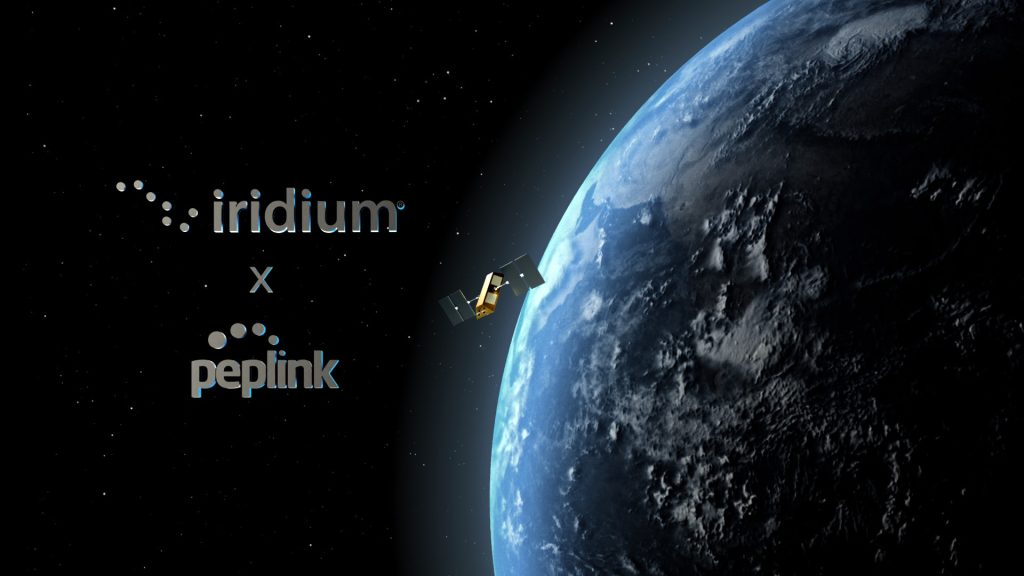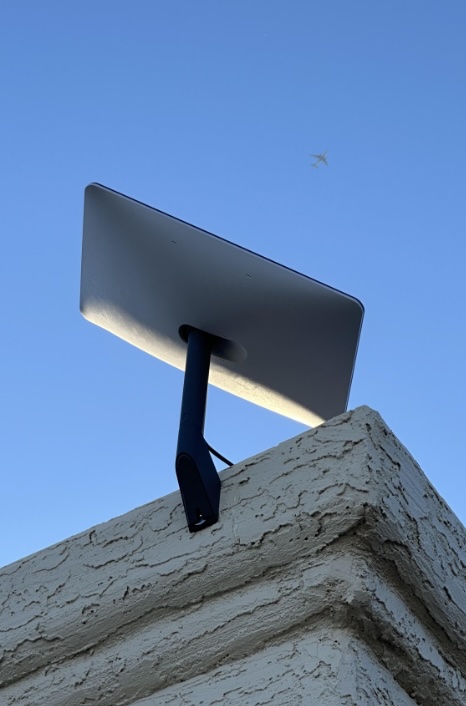How To Get Free Starlink Hardware + Free First Month — Offer Ends July 14, 2025 If you’ve been thinking about trying Starlink satellite internet, there’s no better time than right now—but don’t wait too long. Until July 14, 2025, Starlink is offering a limited-time promotion:✅ Free Starlink hardware (a $599 value)✅ First month of service FREE✅ Available to new residential […]
Tag: Satellite
Amazon’s Project Kuiper Targets June 13 for Major Satellite Launch: What It Means for the Future of Global Connectivity
Amazon is ramping up its efforts to bring broadband to the world with its satellite internet venture, Project Kuiper. Following a successful initial launch in April 2025, Amazon and its launch partner United Launch Alliance (ULA) are set to send another 27 Kuiper satellites into orbit on June 13, 2025. This mission will further bolster Amazon’s strategy to compete […]
Peplink and Iridium Partner to Deliver Truly Global Backup Connectivity: What It Means for Remote Operations, Resilience, and the Future of Satellite Integration
At 5Gstore.com, we’ve always been focused on providing our customers with the most reliable, future-ready connectivity solutions. From pioneering cellular failover to integrating cutting-edge LEO satellite services like Starlink, Peplink has remained a leader in SD-WAN and multi-WAN technology. Now, Peplink is taking a significant step forward by partnering with Iridium Communications Inc, a move […]
Master Off-Road Connectivity: How to Stay Connected
Off-road adventures are thrilling, whether for personal enjoyment or professional racing. Yet, staying connected while traversing rugged terrain can be a challenge. Cellular coverage often fades in remote locations, making it difficult to rely solely on traditional networks. Fortunately, a combination of cellular and satellite connectivity solutions can ensure you remain connected, even in the […]
Remote Internet Access: Powerful Solutions for Staying Connected Anywhere
Finding remote Internet access can be challenging, but modern technology has made it easier than ever to access the Internet in the middle of nowhere. Whether you’re managing operations in a rural location, setting up a campground with Wi-Fi, or ensuring reliable connectivity for outdoor events, rugged and outdoor-rated routers combined with proper antennas and […]
Understanding GPS and GNSS: Exploring Differences and Features
With all our connectivity options, the ability to pinpoint precise locations on the globe has become integral to numerous industries and everyday applications. This capability is powered by sophisticated satellite systems, primarily known as GPS and GNSS. While these acronyms are often used interchangeably, they refer to distinct technologies with unique features and applications. This […]
Starlink: When It Makes Sense to Use It (and When It Doesn’t)
In the rapidly expanding universe of internet connectivity, Starlink, a satellite internet service provided by SpaceX, has emerged as a game-changer for many. Its mission to provide high-speed internet across the globe, especially in underserved areas, has both intrigued and confused potential users about its best applications. This comprehensive look aims to demystify when it […]
AT&T Assists AST SpaceMobile’s Historic 5G Satellite Call
With the backing of AT&T, AST SpaceMobile, a cellular satellite enterprise, recently achieved a groundbreaking milestone. They established the very first 5G connection between an unaltered smartphone and a satellite orbiting in space. The call took place on September 8th, 2023, over a Samsung Galaxy S22 smartphone. AST SpaceMobile originated the call from a wireless […]
Can Satellites Support 5G Service?
Sateliot, a satellite communications provider based in Spain, has successfully launched its first low-earth orbit (LEO) satellite. This marks the first step towards its plan to eventually have 250 satellites in orbit to support 5G-based narrowband IoT (NB-IoT) connections. The 22-pound device was launched aboard a SpaceX Falcon 9 rocket that took off from Vandenburg […]
What Alternatives Can Be Used to Expand 5G Coverage
Qualcomm Technologies, Ericsson and French aerospace company Thales announced this week that they would be starting work together. Their intention is to make 5G connections available everywhere through the use of space. The partnership formed within months of 3GPP having been approved for satellite-driven 5G Non-Terrestrial Networks (5G NTNs). This global effort will be accomplished […]







